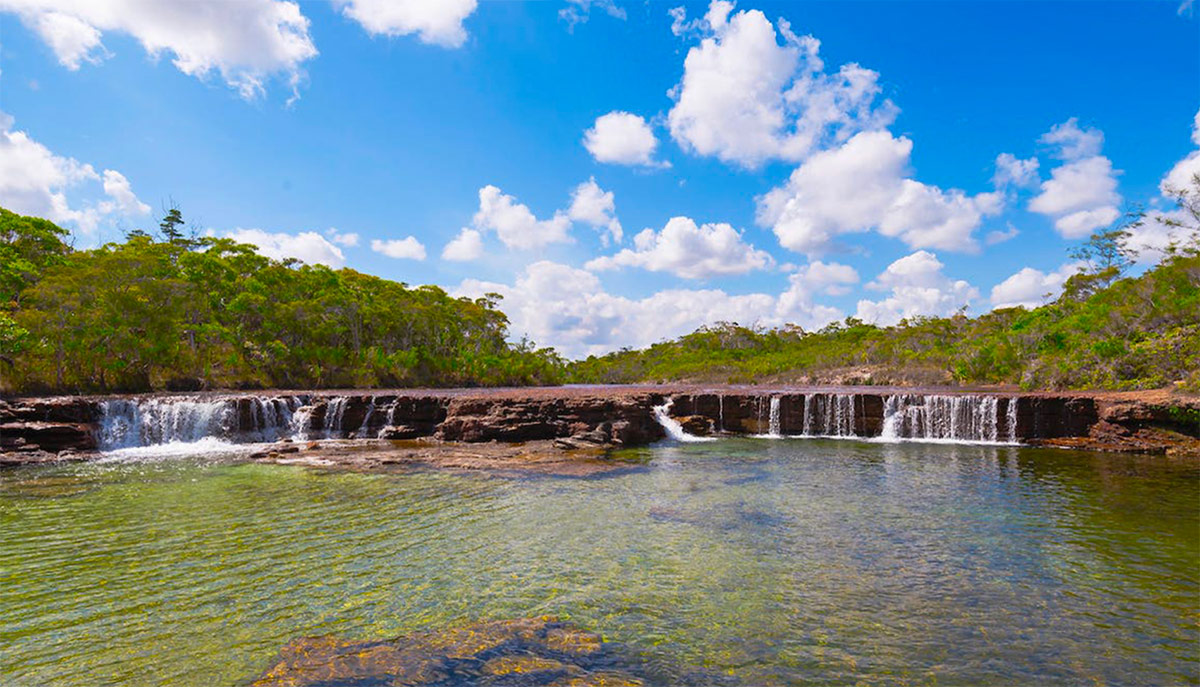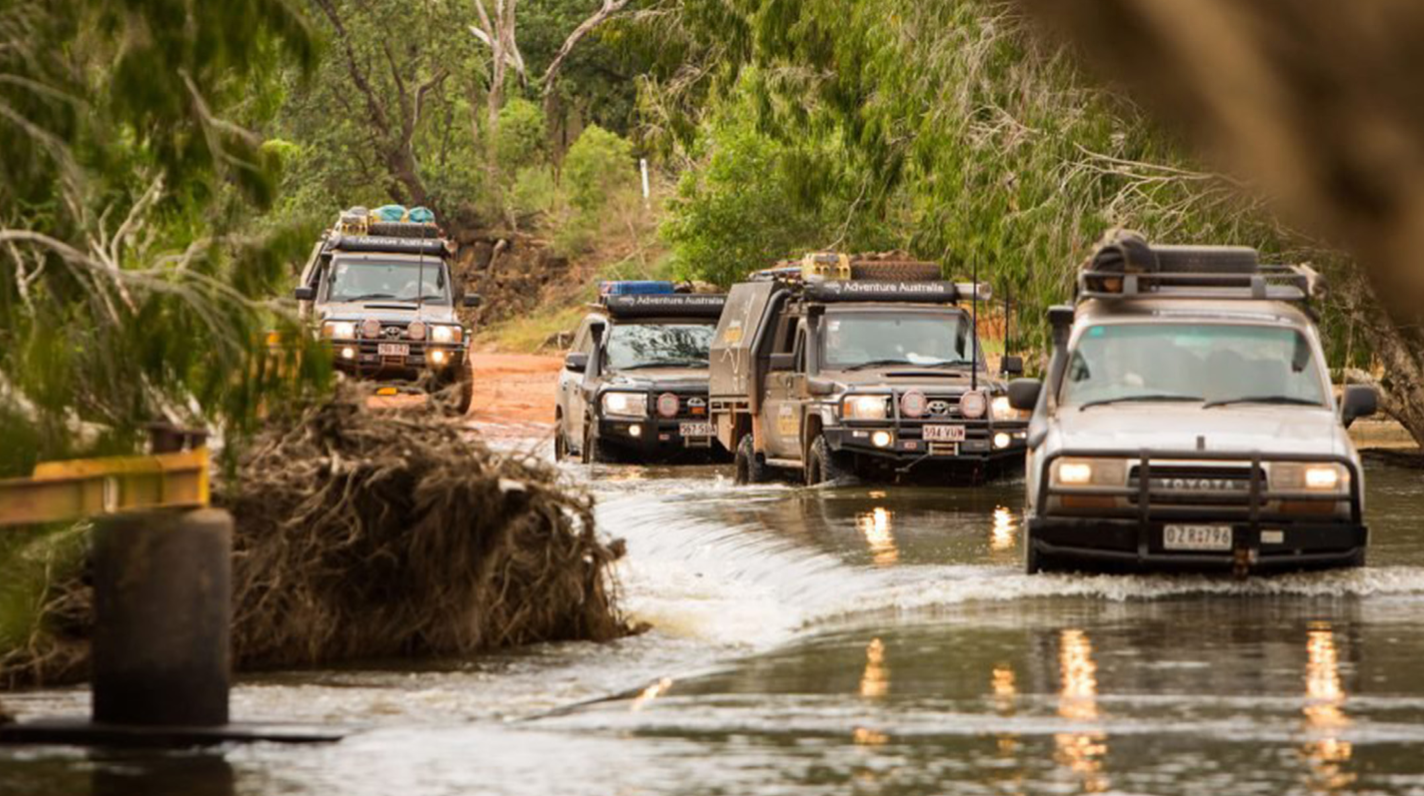
Words by Karlie Brady
-----------------
A trip to the tip of Cape York Peninsula is a bucket list item for many an adventurous traveller. Karlie Brady makes the four wheel drive pilgrimage to the most Northerly point of Australia.
My whole-body rattles as we drive the corrugated dirt road, dodging potholes and bumps in the road, that if you aren’t quick enough to avoid, send the whole car flying off the ground. We follow the dusty track for what feels like forever, driving further and further into the wilderness.
You’d be forgiven for thinking the outback of the Queensland peninsula is nothing but a hot dustbowl filled with human-sized termite mounds and dead grass. However, while it certainly has its fair share of red dirt, mounds and sunburnt plants, it is also full of many hidden treasures just off the beaten track.
Cape York Peninsula, North Queensland, the tip of Australia, is where I found myself this past September, on the trip of a lifetime. This picturesque, largely undeveloped wilderness showcases some of the best natural attractions Queensland has to offer, from the typical iconic Australia outback countryside and hidden crystal-clear waterfalls and swimming holes to untouched beaches and rainforest.
My journey began a little further down the coast in Port Douglas, where myself, my partner and a few friends set off in a three-car convoy headed north up along the Peninsula Developmental Road where you just keep going up and up and up.
An entire day driving is what you’ll face next with the only pit stops being the roadhouses along the way. Each boasts their own famous burger, fuel, and accommodation if you need a break.
Our first stop is Bramwell station roadhouse where we fuel up amongst the cattle that roam the car park. This stop also marks the start of the Old Telegraph Track.
If you thought the track before was bumpy it’s nothing compared to the crazy Telegraph Track which is a four-wheel-drive enthusiast’s dream. The track follows the original telegraph line that ran from Cooktown to Bamaga from 1885 to 1987 and many of the old telegraph poles can still be seen as you pass by.


